Toyota Shifts Partial GR Corolla Production to the UK Amid Tariff Landscape and Capacity Strategy
Toyota Motor Corporation $7203.T is reallocating part of the production of its performance hatchback, the GR Corolla, to the United Kingdom, investing approximately $56 million to establish a dedicated export line aimed at the North American market. This strategic move not only optimizes manufacturing efficiency but also underscores evolving trade dynamics and supply chain considerations in the global automotive industry.
Manufacturing Strategy and Trade Context
The shift in GR Corolla production outside of Japan marks a calculated realignment rather than a reactionary measure. Sources familiar with the matter have emphasized that this move was not triggered by the tariffs imposed during the Trump administration, but rather driven by operational efficiency.
By leveraging excess manufacturing capacity at its UK facilities—likely the Sunderland plant—Toyota intends to cut delivery times for the North American market, enhancing logistical agility. Simultaneously, the move comes as automotive trade policies between the U.S., Japan, and the UK experience renewed negotiations.
While the United States maintains a 25% import tariff on Japanese cars, a recent agreement between the UK and the U.S. lowers auto import duties to 10% for up to 100,000 British-manufactured vehicles annually. This provides Toyota with a cost-effective export corridor via the UK.

Quick Facts
Toyota reallocates GR Corolla production from Japan to the UK
Investment: approx. $56 million in new export line
Export focus: North American market
Facility: expected UK plant (likely Sunderland)
Not a direct response to Trump-era tariffs
Uses excess capacity in UK to improve supply timelines
UK-U.S. deal: 10% tariff for up to 100,000 vehicles/year
Extended Analysis: Market Reactions and Strategic Implications
Markets have responded cautiously but optimistically to Toyota’s announcement. Analysts view the shift as a forward-looking supply chain and logistics play, rather than a geopolitical concession. While the move helps mitigate long lead times from Japan, it also strategically diversifies production risk amidst a volatile tariff environment.
Toyota’s decision also reflects the ongoing trend among multinational automakers to regionalize production for key markets. With the GR Corolla tailored for performance enthusiasts in North America, ensuring timely availability becomes crucial for market competitiveness.
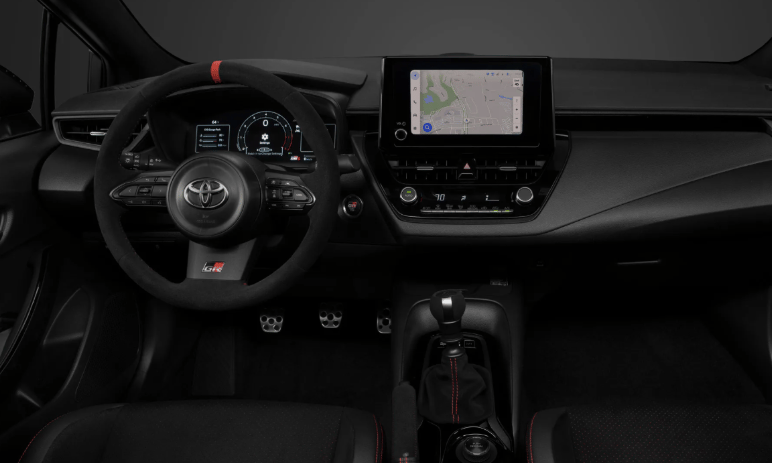
Key Strategic Implications
Tariff Navigation: Toyota capitalizes on the UK-U.S. auto trade agreement to sidestep higher duties on Japanese exports.
Supply Chain Efficiency: Local production for North America reduces transit time and inventory delays.
Capacity Utilization: Effective use of underutilized UK production lines improves operational efficiency.
Market Access Diversification: Toyota reduces reliance on Japan-based exports in uncertain global trade conditions.
Performance Model Positioning: Prioritizing availability of a niche, high-demand vehicle improves brand perception in a competitive segment.
Strategic Manufacturing Relocation as a Buffer Against Trade and Logistics Risks
Toyota’s partial shift of GR Corolla production to the UK reflects a broader trend of proactive localization in response to changing global trade dynamics. While not a direct countermeasure to tariffs, the move aligns with Toyota’s broader strategy of risk mitigation, capacity optimization, and regional market focus. The decision strengthens Toyota's footprint in Europe and enhances its competitive stance in North America, where performance vehicles like the GR Corolla play a strategic branding role.









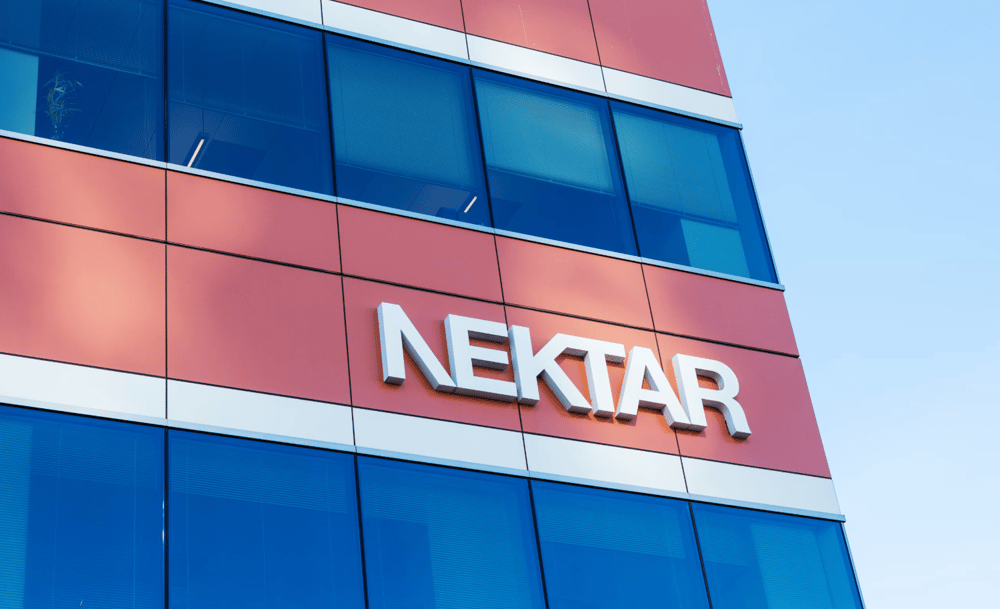
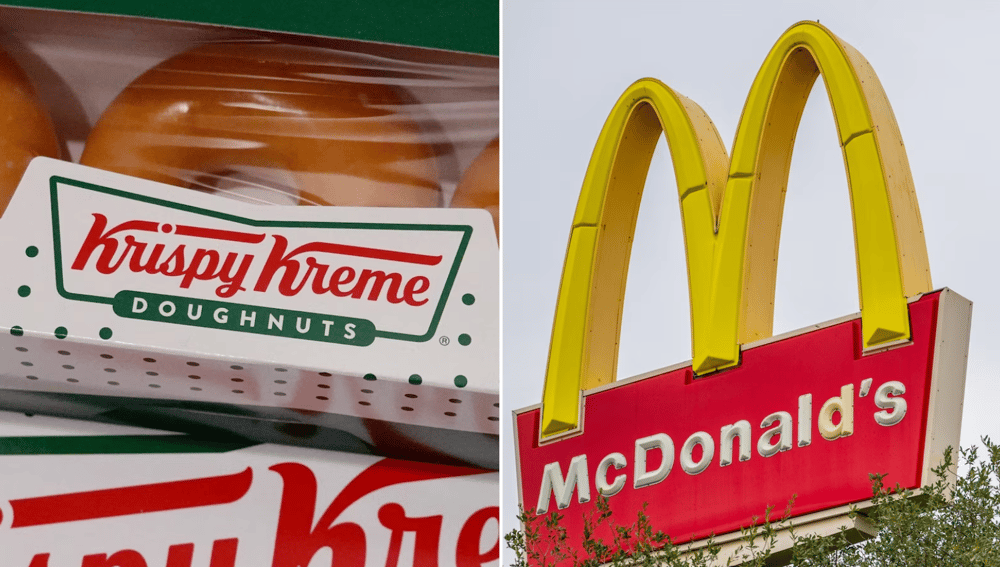
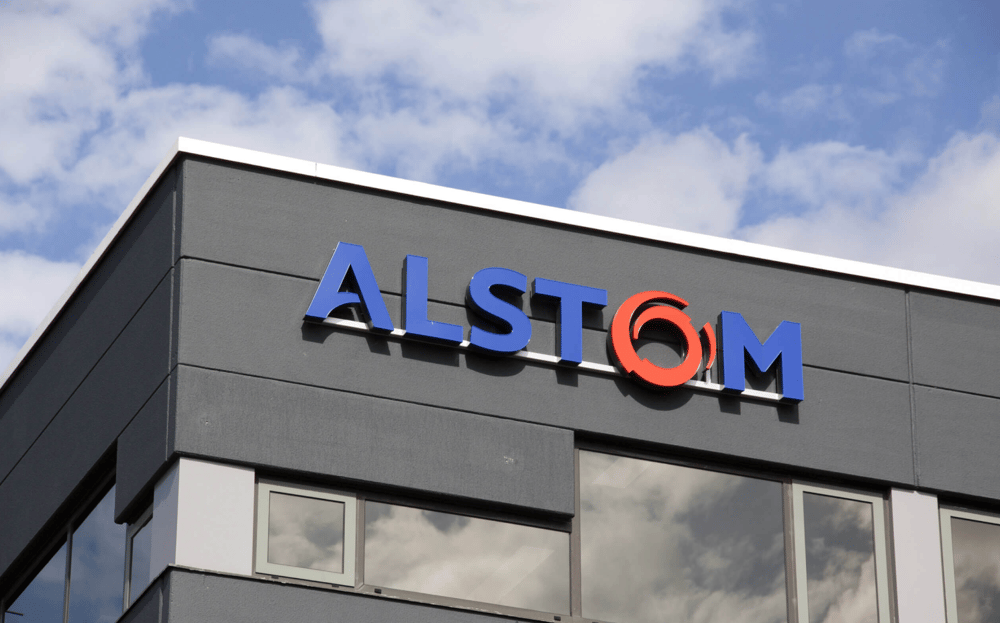
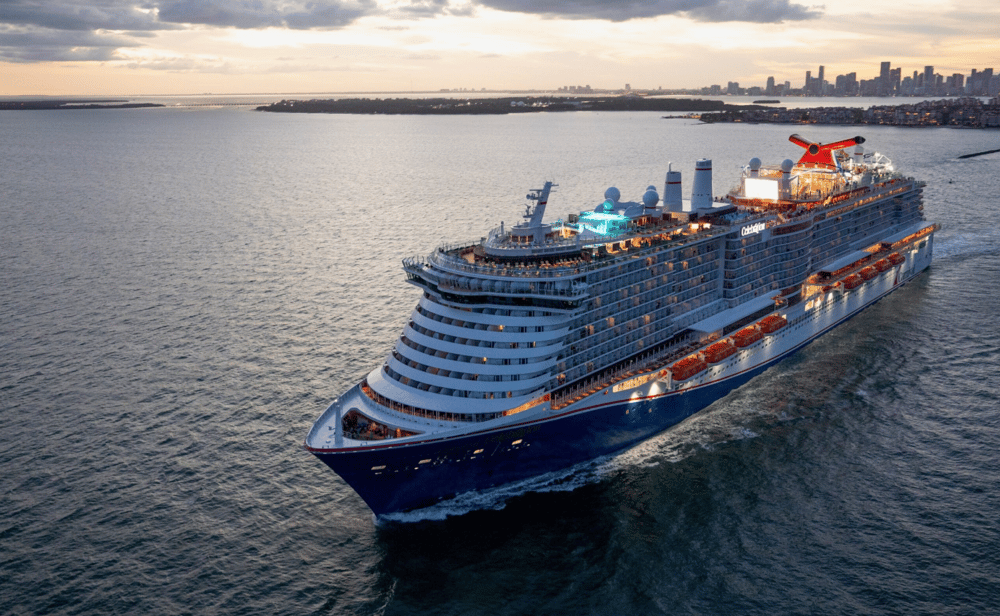


Comments